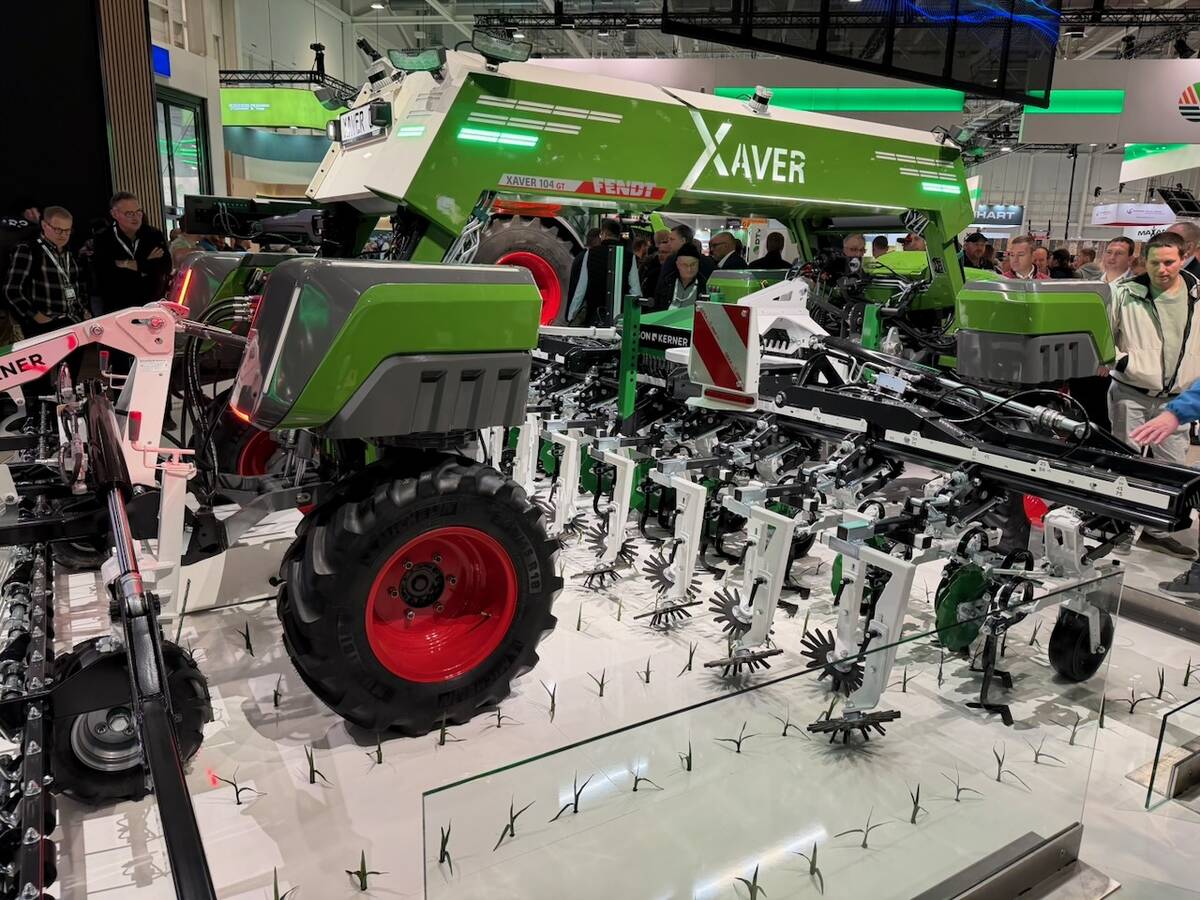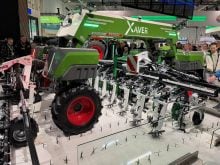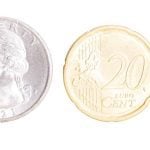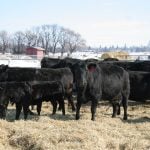TORONTO – European farmers say they are not opposed to higher animal welfare standards, but would have appreciated being consulted on the growing list of government directives.
“The European model for animal welfare has been driven by legislation passed by the European Commission, whereas for the countries in the Americas, it is driven mainly by the industry,” says animal welfare scientist Xavier Manteca of Spain’s University of Barcelona.
“We are coming to recognize this model they have used exclusively based on legislation is not a good one.”
Read Also

VIDEO: Agritechnica Day 4: Robots and more robots, Nexat loves Canada and the trouble with tariffs
Agritechnica Day 4: Robots and more robots, Nexat loves Canada and the trouble with tariffs.
There is a long tradition in Europe of public opinion influencing legislative decisions on animal welfare initiatives, Manteca told a recent Canadian Meat Council conference on animal welfare and transportation in Toronto.
A 2007 survey among 20 members of the European Union asked consumers if they would change their shopping habits and buy animal based products that are only produced in a humane way.
Sixty-seven percent indicated they would, but Manteca said in reality most still buy the cheapest products, especially during difficult economic times.
A European welfare study completed last year with 15 participating countries attempted to develop practical systems to assess welfare on the farm and produce labels that could be used across the continent and provide guidance to consumers.
The goal of policy is to make it easier for consumers to choose welfare-friendly products and give producers an economic incentive to improve the welfare of animals.
For example, the good feeding category stipulates that animals must not experience prolonged hunger or thirst, while good health includes an absence of injuries, disease and pain induced by management procedures.
The idea is to use animal based measures that observe behaviour under specific criteria. Most of the work has been directed at pigs and poultry housing.
Manteca said the EU’s emphasis on banning housing systems emphasizes human perceptions rather than animal behaviour.
For example, confinement stalls for pregnant sows must be gone by 2013.
He said European scientists and policy makers are recognizing that the EU’s housing policy is missing important elements by not considering how an animal copes in different environments.
They are also beginning to accept the importance of producer education and genetic selection.
He said practices such as tail docking dairy cows to reduce mastitis have no basis in science, which means better training is needed for farmers, veterinarians and animal scientists.
Improved genetic selection could help deal with aggression in the hog industry, where fighting among fattening pigs and group housed pregnant sows is common.
“Pigs fight to establish their hierarchy when they are mixed with other pigs,” he said.
“By selecting animals, you can help to solve welfare problems.”
Manteca said the economics of animal welfare are not well understood.
Some improvements were driven by profit because healthy animals are more productive, but profit decreases as welfare improves.
“We know very little about the economics of animal welfare and the amount of research done on how it affects profit is very small,” he said.
Changes in housing systems leads to higher production costs, especially if farmers have to build new facilities.
Replacing battery cages for laying hens with alternative non-cage systems could increase production costs by 28 percent and prices to consumers by 18 percent.
Stocking density is an issue for broiler chickens. Reducing it increases production costs by eight cents per bird, which may not seem like much but makes a difference during a time of tight margins.
Some chicken producers have subsequently moved out of Europe to northern Africa so they do not have to follow the EU’s animal welfare rules.
Manteca said the future of farm animal welfare in Europe probably means more directives.
The food safety authority that replaced the European Commission’s scientific committee is divided into panels, which include animal health and welfare.
The panel has produced 20 reports with most directed at welfare. One report from the panel can become the basis of a new directive.
“All the parts that we see suggest the European Commission will pass new directives on animal welfare,” he said.
“These new directives will cover species that are not covered by any directives.”
He said this could include dairy and fish welfare in the next five to 10 years.















